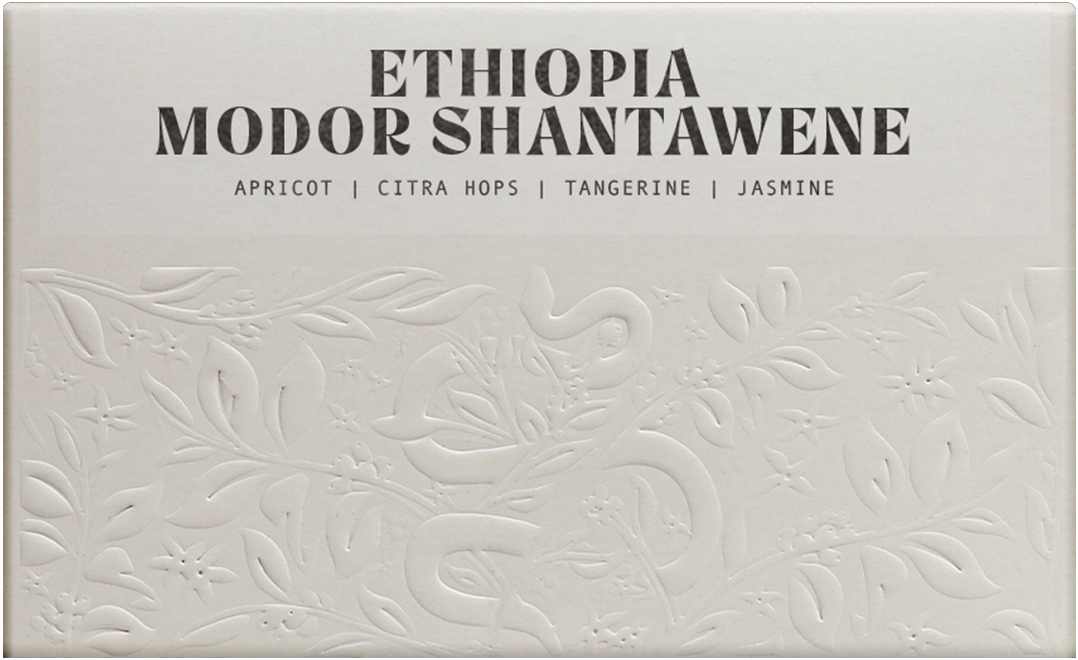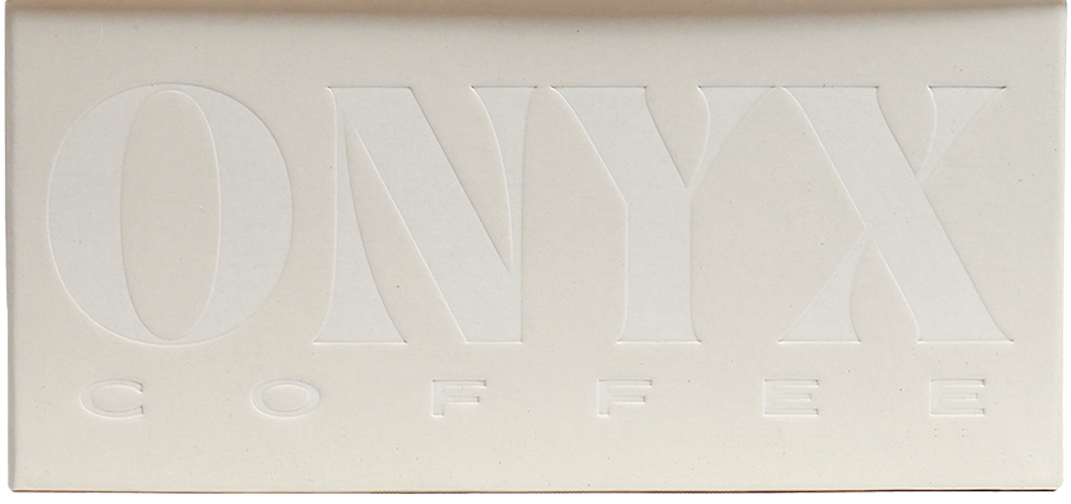Story
This is one of the first arriving coffee of the 2022 harvest from our friends at Catalyst Coffee. Much like the rest of the coffee world, Ethiopian coffee has had a tumultuous and challenging year. Between the pandemic, a tense election, and the start of the Tigray war, sourcing coffee in Ethiopia has presented unique challenges over the past three seasons. Our friends Zele, Emily, and Michael at Catalyst have continued to source amazing coffees and do so with kindness and generosity. At the outset of this season, we faced the fact that we would go through another season of cupping samples stateside and forgoing a trip to East Africa due to the pandemic. Instead of sending samples back and forth, we made the trip to Portland to visit their new lab to cup alongside them. We were able to complete our selections for the entire season after two intense days of cupping. We have a long love of the Bensa region and the coffees that are produced there, so it was no surprise that we selected this beautiful washed lot out of many others.
BENSA, SIDAMA
We have been purchasing coffees from the Bensa region for over four years. Catalyst first ventured into this region by partnering with the Abore site, and have since expanded their territory of purchasing. Each coffee we’ve sourced from the Bensa region has been in the surrounding areas of the Shantawene village,
WASHED PROCESSED COFFEES
The washed process begins with coffee cherries delivered to the washing station, both from the primary market or from farmers bringing their coffee directly to the mill. The cherries are inspected, and an initial quick round of hand-sorting separates the defective coffees before placing them into the hopper. They are then funneled to the depulper, which removes the fruit from the seeds (beans). After that phase is done, the coffee is fermented underwater for approximately 12-36 hours. During this fermentation, a microbial de-mucilagation takes place, which allows the outer fruit and pectin layer to break down, making the coffee easier to dry. This phase also crucially alters the organic acids within the coffee, as sugars and organic acids are transformed, with the best washed coffees maintaining their complex fruit esters. Once the fermentation is complete, the parchment is emptied into the washing channels, where it is agitated with rakes to remove the last of the fruit layer. During this step, the water is refreshed to ensure it’s capability of separating the fruit layer from the seed. Once the washing is complete, the coffee is taken to the raised drying tables for sun drying.
SCREEN SIZE
We have been purchasing screen size separations from Catalyst since they began. Since coffee is an organic product, the seeds of the cherries tend to have a pretty wide variance in size (and shape), and a natural part of coffee production is separating coffee into screen sizes. Mills will separate the coffee to a size 15/16 screen for exporting, and others are either sold as a different grade or sold off for consumption outside of the specialty market. It is common practice to separate and market screen sizes as grades, rather than only by size. Alongside Catalyst's other strict quality standards and practices, we see screen separations nearly as separate coffees; these separations will have a wholly different taste profile.
SCREEN SIZE ISOLATION by Catalyst Trade
Though it is very common in other countries, we don't know anyone else in Ethiopia who isolates screen sizes. To do so, we must be very careful, or we will lose an enormous amount of coffee. Zele works with the export warehouse staff to calibrate the flow of coffee and ensure each size is clearly separate. The decision of whether or not to isolate screen sizes is also quite labor-intensive: we hand-screen- sort and then cup each screen size several times to determine the different qualities and characteristics. In general, smaller screen sizes tend to be more floral and herbal, while larger screen sizes tend to be more fruit-heavy and juicy.



